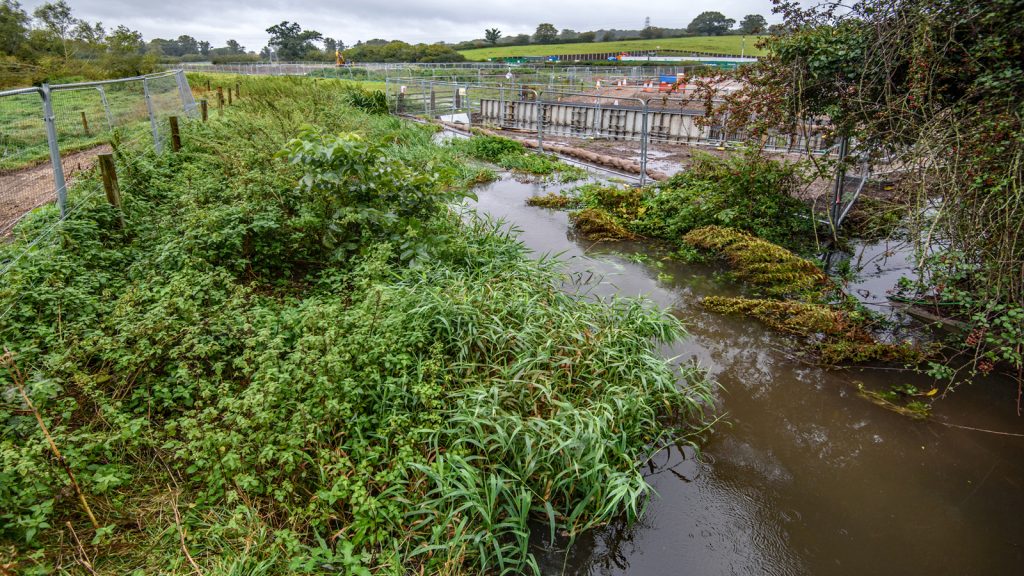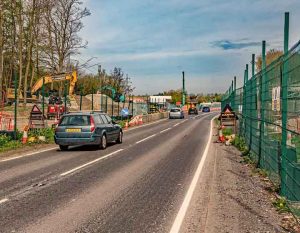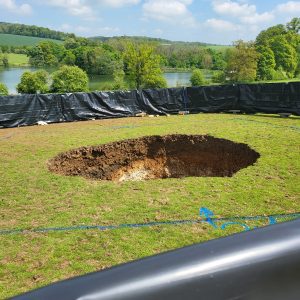Over the past year nine months the Chiltern Society has been corresponding with the Environment Agency (EA) with regard to the impacts of HS2 tunnelling through the aquifer under the Misbourne. The areas of concern relate to
- Where the tunnels pass under the Misbourne at Chalfont St and Little Missenden
- The use of Bentonite in the material used to grout the tunnels into the chalk in the aquifer
Tunnelling under the Misbourne
There are three issues which arise from this
- The risk of flooding from the water backing up where the tunnels form a blockage to the flow of groundwater in the aquifer
- The risk of diversion of water away from Public Water Supply (PWS) abstractions
- The risk of settlement of the riverbed and the loss of the river
HS2 identified all of these as potential risks in the initial assessments of the Ground Investigations (GI) of the route under the Misbourne Valley but dismissed these as being unlikely to happen for various reasons. These assessments were accepted by the EA.
Subsequent GI shows that
- The risk of flooding at Little Missenden was assessed as a possibility but considered unlikely as there was no evidence of springs in the area. We have pointed out that the water table is very high at Little Missenden generally being approximately 0.5m below ground level and that there are at least 6 springs in the area. Also, that there were numerous springs in Little Missenden before the main sewer to Maple Cross was installed.
- A second risk at Little Missenden relates to the risk of water following the line of the tunnels rather than continuing to flow down the valley, thus depriving Amersham PWS of approximately 60% of its current water supply.
- The other issue raised relates to the depth at which the tunnels are to be dug. Initial GI indicated that the tunnel apexes would be at 20m below ground level and that unconsolidated chalk would go down to 16.5m leaving at least 3.5m of competent rock above the tunnel apex. This reduced the risk of vibration causing settlement at ground level. Subsequent GI shows that the unconsolidated chalk is at least 22m and at the tunnel crossings at Little Missenden and Chalfont St Giles that between 2.5m and 3.0m of tunnel will be in unconsolidated rock, thus we understand significantly increasing the risk of settlement and the loss of the River Misbourne.
Finally the EA response has been to ask us to address our concerns to
- Bucks Council as the Local Lead Flood Authority
- Affinity Water as the potentially impacted PWS owner
- Align JV for an explanation of how they will mitigate the risk to the river.
Copies of the letters addressed to these respondents are available at:
https://chilternsociety.org.uk/hs2-tunnelling-risks-response-questions-and-concerns/





